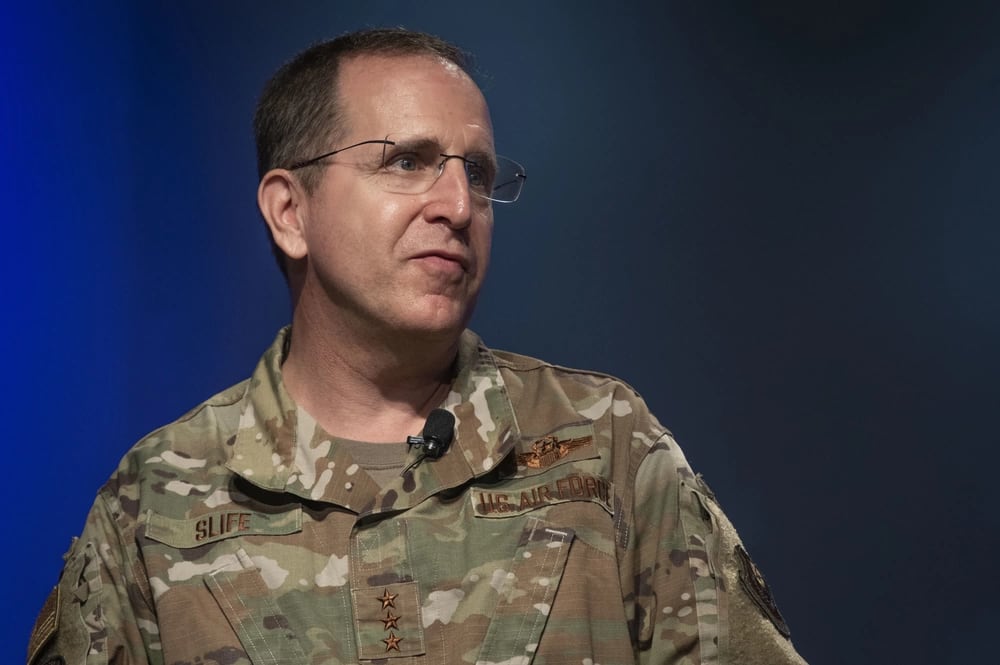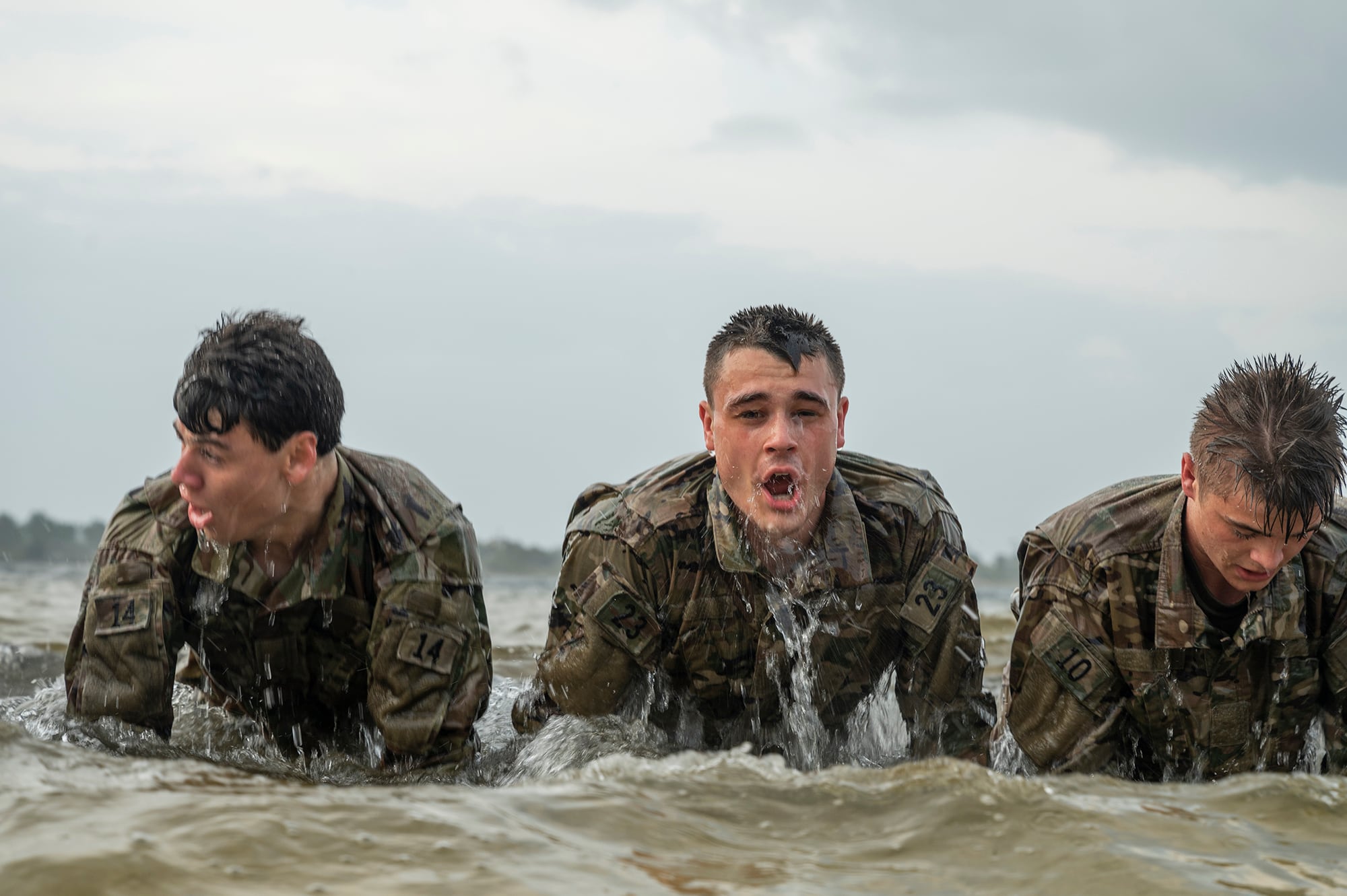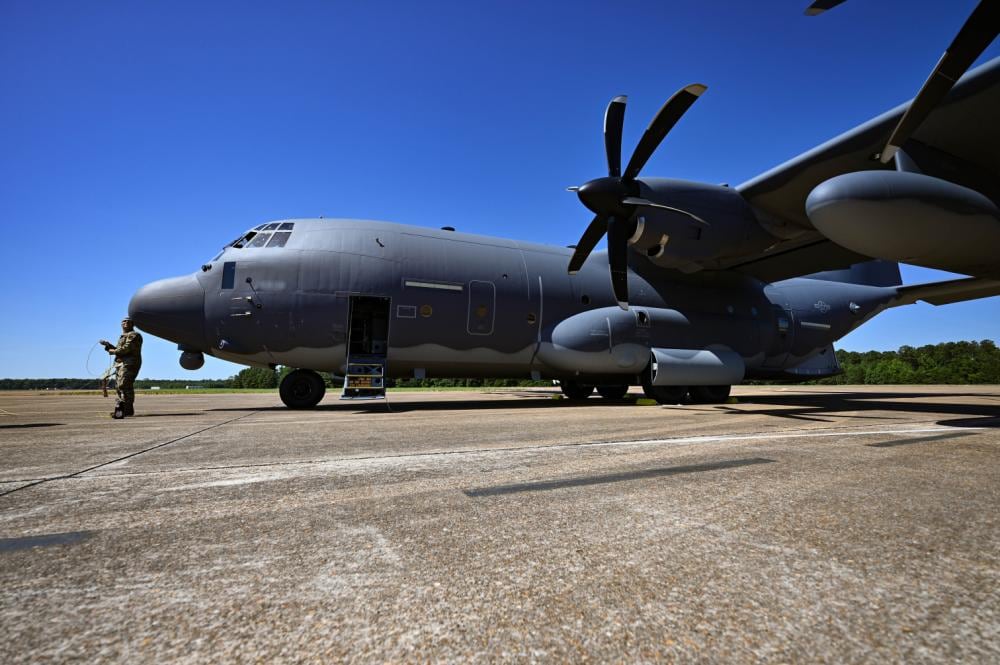A new kind of unit is popping up across Air Force Special Operations Command — and it wants to break the squadron mold.
AFSOC is experimenting with what it calls “mission sustainment teams,” or groups of several dozen airmen from different career fields that train as a deployable unit separate from their home squadrons.
“The question is, how do you build teams organized around [a] mission and not around a function?” AFSOC boss Lt. Gen. Jim Slife said at a recent event hosted by the Air and Space Forces Association. “That’s at the heart of how we’re approaching what the Air Force broadly calls ‘agile combat employment.’ ”
RELATED

The 27th Special Operations Wing at Cannon Air Force Base, New Mexico, became the first to create one of the cross-functional support teams in March 2021. The 1st Special Operations Wing at Hurlburt Field, Florida, followed suit in January.
Since then, AFSOC has broadened the number of specialties included in each team from 19 to 27 and begun to plant the seeds for more teams round the world. The command plans to expand to six active duty teams across Cannon and Hurlburt, plus teams within the 352nd SOW at RAF Mildenhall, England, and 353rd SOW at Kadena Air Base, Japan.
They aren’t meant to replace squadrons, but are an option for extra support that AFSOC can provide to a commander overseas. It’s a “significant change to how we traditionally deploy support functions,” command spokesperson Capt. Savannah Stephens said.
The command wants to get away from the traditional need to send several support squadrons abroad when just a few members of each will do.
“In the time that I spent at [U.S. Central Command], we never once submitted a request for forces asking for the on-call comptroller squadron because we had a financial management emergency,” Slife quipped.
RELATED

But just because an entire squadron isn’t needed doesn’t mean a pair of contracting and finance officers wouldn’t come in handy, for example.
Here’s how it works: Airmen who are picked to join one of the teams spend 15 months away from their squadrons. For the first five months, they learn the skills needed to do their teammates’ jobs so they can respond more quickly in an emergency.
In the next five-month span, the team participates in exercises alongside other special operations airmen.
For example, the Hurlburt team has taken part in exercises like the Navy’s “Rim of the Pacific,” the Air Force’s Agile Flag and U.S. Special Operations Command’s Emerald Warrior events, and in local practice with Army special forces.
During Agile Flag, the team ran separate arming and refueling points at Moody AFB, Georgia, and MacDill AFB, Florida. They used a trailer packed with a power generator, a heating and cooling unit and two tents to assemble a pop-up camp in about 30 minutes.
RELATED

“Both locations were sustained for 48 hours and provided a place for aircrew, maintenance and [arming and refueling] personnel to go in the event there was a delay due to weather or maintenance,” Stephens said.
A 15-person contingent also set up a bare base that housed more than 100 U.S. and foreign special operations forces for about a week during Emerald Warrior, Stephens said.
“They all learn to interoperate and, critically, they learn to trust their teammates because they’ve been training with them for the whole cycle,” Slife said. “They didn’t just meet at Bagram Air Base or Al Udeid Air Base.”
Then they become available to deploy for another five months, before heading back to their home squadrons to rest and participate in their normal training.
It’s a chance for support staffers to feel more connected to military operations and contribute in new ways, Stephens said.
“The sense of purpose that those airmen possess is really remarkable. Every time the command chief and I go visit these airmen, the first question they ask is, ‘Do I have to go back to my squadron?’ ” Slife added. “They really, really like what they’re doing because they’re directly connected to a mission, and they’re challenging themselves.”
Still, AFSOC acknowledges that pulling airmen away from their regular squadrons is a problem for the units who are down workers for three-quarters of their deployment prep cycle. Standing up additional, separate organizations within a wing also strains their finite resources.
“To overcome these challenges, transparency and communication is critical,” Stephens said. “Wing leadership as well as AFSOC staff continue to advocate for [mission sustainment team] objectives and assist them as much as possible.”
RELATED

AFSOC hopes to expand its idea across its Air National Guard and Air Force Reserve components. At least one Guard wing, the 137th Special Operations Wing in Oklahoma, already has its own team up and running.
The Guard argues that its members are so-called “multi-capable airmen” from the start, since they bring experience from both their Air Force and civilian jobs.
“It is better to train as a whole versus training separately, and only once we’ve deployed do we discover each other’s talents,” said Maj. Neil Chaves, officer in charge of the 137th SOW’s mission sustainment team. “Our scenarios are not specific to … going out to the field and facing attacks. We could face natural disasters or refugees coming to our bases for help, and we need to be training outside of the box.”
The full list of Air Force specialties that participate in mission sustainment teams includes:
- Radio frequency transmissions
- Fuels management
- Supply
- Traffic management
- Vehicle operations
- Vehicle maintenance
- Air transportation
- Power production
- Electrical systems
- Heating, ventilation and air conditioning
- Pavements and construction equipment
- Structures
- Water/fuel systems maintenance
- Engineering assistant
- Personnel
- Services
- Deployed aircraft ground response element
- Security forces
- Combat arms training and maintenance
- Contracting
- Public health
- Independent duty medical technicians
- Explosive ordnance disposal
- Air traffic control
- Airfield management
- Finance
- Radar, airfield and weather systems
Rachel Cohen is the editor of Air Force Times. She joined the publication as its senior reporter in March 2021. Her work has appeared in the Washington Post, the Frederick News-Post (Md.), Air and Space Forces Magazine, Inside Defense, Inside Health Policy and elsewhere.




